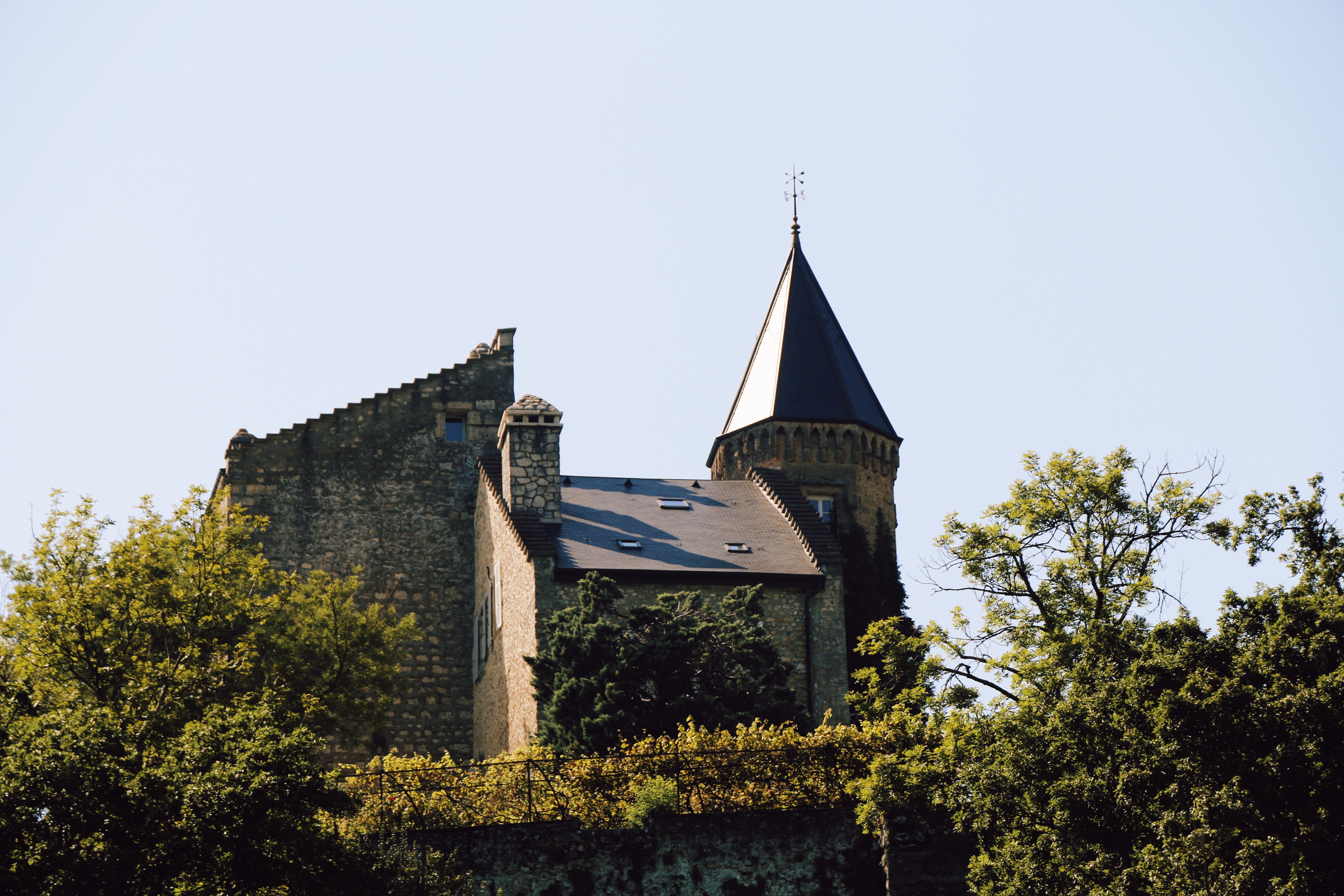 Image courtesy of Fiona McMurrey
Image courtesy of Fiona McMurrey
Deep in the French countryside, where ivy creeps up the walls of medieval castles and vineyards stretch toward the horizon, a quiet revolution is underway. But it’s not political—it’s digital. Across rural France, historic properties, including ancient châteaux, are being bought, sold, and even co-owned using blockchain technology. Welcome to the world of crypto real estate, where centuries-old stone meets cutting-edge code.
The Château Problem
France is home to over 40,000 châteaux, many of which are in various states of disrepair. Owning a castle may sound romantic, but in reality, maintenance costs can run into hundreds of thousands of euros per year. Many of these properties languish, unsold and crumbling, because traditional buyers either can’t afford the upkeep or don’t want the responsibility.
Meanwhile, young tech-savvy investors—and crypto enthusiasts—see opportunity.
Enter Blockchain: Fractional Ownership for a New Generation
The key innovation driving this new wave is tokenization: turning a physical asset, like a castle, into digital tokens on a blockchain. Instead of one billionaire buying a château, thousands of people can each purchase a fraction, represented by tokens. Ownership can be as little as €50 or €100 per share.
This model democratizes access to prestigious real estate. Imagine co-owning a 15th-century château in the Loire Valley, not as a fantasy for aristocrats, but as part of a diversified digital portfolio.
One of the most well-known examples is Castellum, a blockchain project that raised funds to restore and manage historical properties in France, offering token holders a share of future profits from rentals, events, or resales.
Beyond Ownership: Community and Utility
Blockchain-based ownership isn’t just about investment—it’s about community engagement. Token holders may:
- Vote on how the property is used (luxury rentals, cultural events, ecological farms)
- Receive dividends from profits
- Get exclusive access for stays, events, or tours
It’s a blend of crowdfunding, real estate investment, and decentralized governance—turning old stones into dynamic, participatory cultural projects.
Why Rural France?
Rural France is uniquely positioned for this model for several reasons:
- Surplus of historic but underfunded properties
- Relatively low real estate prices compared to urban centers
- Cultural tourism potential: global fascination with French heritage
- Increasing numbers of digital nomads seeking unusual destinations
Crypto projects focused on properties in Italy and Portugal have already shown promise, and now rural France is emerging as Europe’s next hotspot for tokenized real estate.
Challenges on the Road
However, this isn’t a tech utopia yet. Major obstacles remain:
- Legal ambiguity: French property law doesn’t fully recognize blockchain-based ownership structures yet, creating potential legal gray zones.
- Regulatory resistance: The French government has taken cautious stances on crypto, aiming to protect investors but also slowing innovation.
- Skepticism: Rural communities, often older and less digitally connected, may view crypto projects with suspicion.
Still, pilot projects are working closely with notaries, local officials, and EU regulators to build legal frameworks that will bridge the gap between centuries-old property law and decentralized finance (DeFi).
The Future: A Château for the Digital Age?
Could the next wave of property moguls be crypto communities? It’s increasingly likely. And as wealthy Millennials and Gen Z investors look for alternatives to volatile coins and NFTs, owning a piece of real heritage may become the next status symbol—not through family inheritance, but through blockchain wallets.
For rural France, this movement offers more than financial innovation. It could provide a lifeline to preserve architectural treasures, revitalize rural economies, and reimagine community ownership in the 21st century.
Conclusion: Old Walls, New Rules
“Crypto and castles” may sound like a contradiction—but in France, it’s becoming a modern reality. As blockchain reshapes industries from finance to art, it’s also breathing digital life into crumbling towers and ancient estates.
In the quiet hills of the French countryside, the future is being built on the foundations of the past—one token at a time.